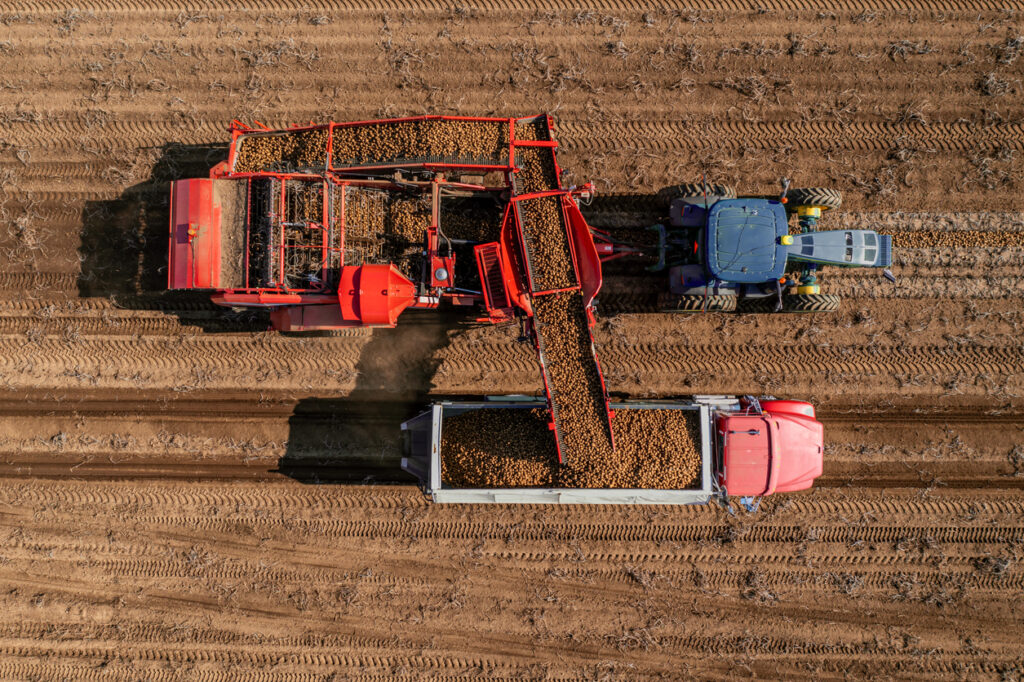Fill Dirt: Different Types of Fill Dirt and How to Choose the Right One
Kevin McLaughlin
Most probably, every time you think about fill dirt, what comes to your mind is the black or dark brown material usually present in your job site or garden. Indeed, what you are thinking of is really dirt, but you should know that all dirt is not the same. There are various dirt types that are perfect for different jobs. So, before you purchase dirt for your project, ensure you learn about various types of dirt. This way, you will be sure you are buying the right dirt for the project.

Common Fill Dirt
Generally, this type of dirt is the cheapest. Fill dirt is usually used to intentionally change the grade or fill in a hole or elevation of a house. Usually, this fill dirt is taken from areas where the soil is being dug, like a construction site. Apart from dirt, this product may contain sand, rocks, and roots.
At times, fill dirt can be combined with sand to make it light and offer proper drainage. It’s usually used in construction places, but you can also use it for highway repairs. Also, you can use it for landscaping work that needs elevation change, like adding a waterfall.
Select Fill
This type of dirt is usually screened first to eliminate organic materials and large debris. A soil engineer then tests it to ensure it fulfills the requirements of a particular project. Usually, the select fill dirt is a combination of gravel and clay. Since these are strong materials, they are less likely to shift for a long time. The types and amounts used to create select dirt fill depend on the part of the country.
Select fill is usually screened and tested since it is used under the concrete foundation of a building. This type of dirt is used when it’s important to ensure that the fill doesn’t move over time and ensures a strong foundation of a building. In fact, this type of dirt is the most expensive because of the screening process it undergoes in creating and testing it.
Black Dirt
You shouldn’t confuse black dirt with topsoil, although they might look similar. Generally, black dirt contains iron and other elements that give it a black or dark brown hue. Black dirt is usually suitable for landscaping, creating walkways, or filling low areas.
Clean Fill Dirt
This type of dirt is free of dangerous materials that can harm animals, humans, and the environment. Clean fill doesn’t imply that the dirt is screened and the organic materials and debris are removed. It means that the dirt is environmentally clean and doesn’t contain hazardous materials such as:
- Combustibles- are any materials that can catch fire easily.
- Corrosives – this includes highly acidic substances and chemicals. Dirt containing these elements will destroy and damage metals.
- Radioactive substances are prevalent, and keeping them away from areas with animals and people is the right thing to do.
- Noxious Materials-any substance that causes dangerous fumes or offensive is considered harmful. Dirt containing things like bacteria and metals can become noxious.
You can use clean fill to build shoulders for roads, embankments, and parking lots. It has a lot of uses and may also be known as certified fill. This indicates that a soil engineer has tested the clean fill, and it doesn’t contain toxic chemicals and debris.
Other Types Of Fill Dirt
Common, select, black, and clean fills are not the only dirt materials you can find. Other types include:
- Topsoil
- Screened fill dirt
- Rock fill dirt
- Septic fill dirt
- Backfill
Now that you have learned about different types of fill dirt and their uses choosing the right one for your project won’t be a challenge anymore. However, if you still have a problem choosing, Dirt Match can help. We will connect you with the right people, whether you are buying or selling dirt.